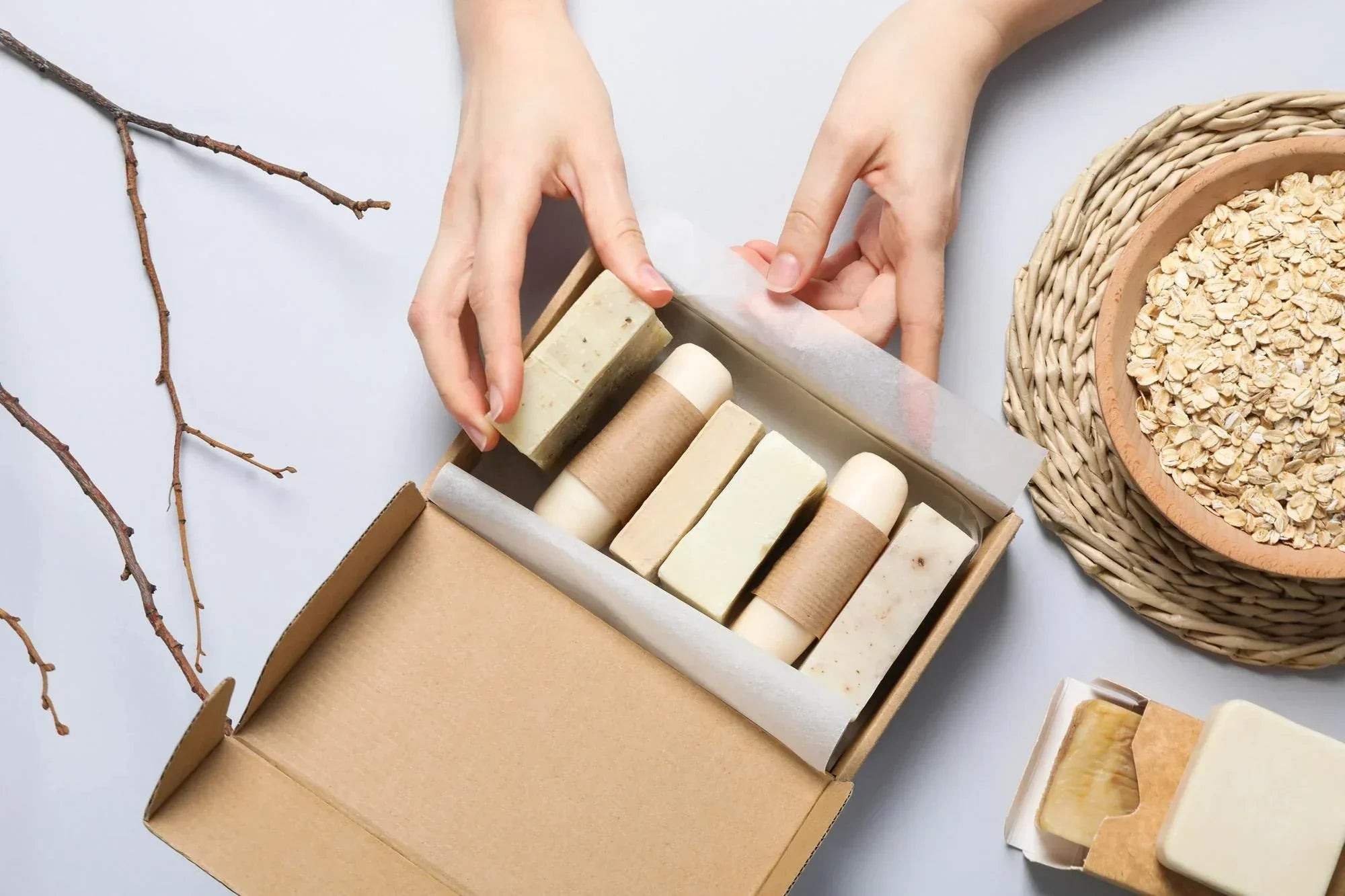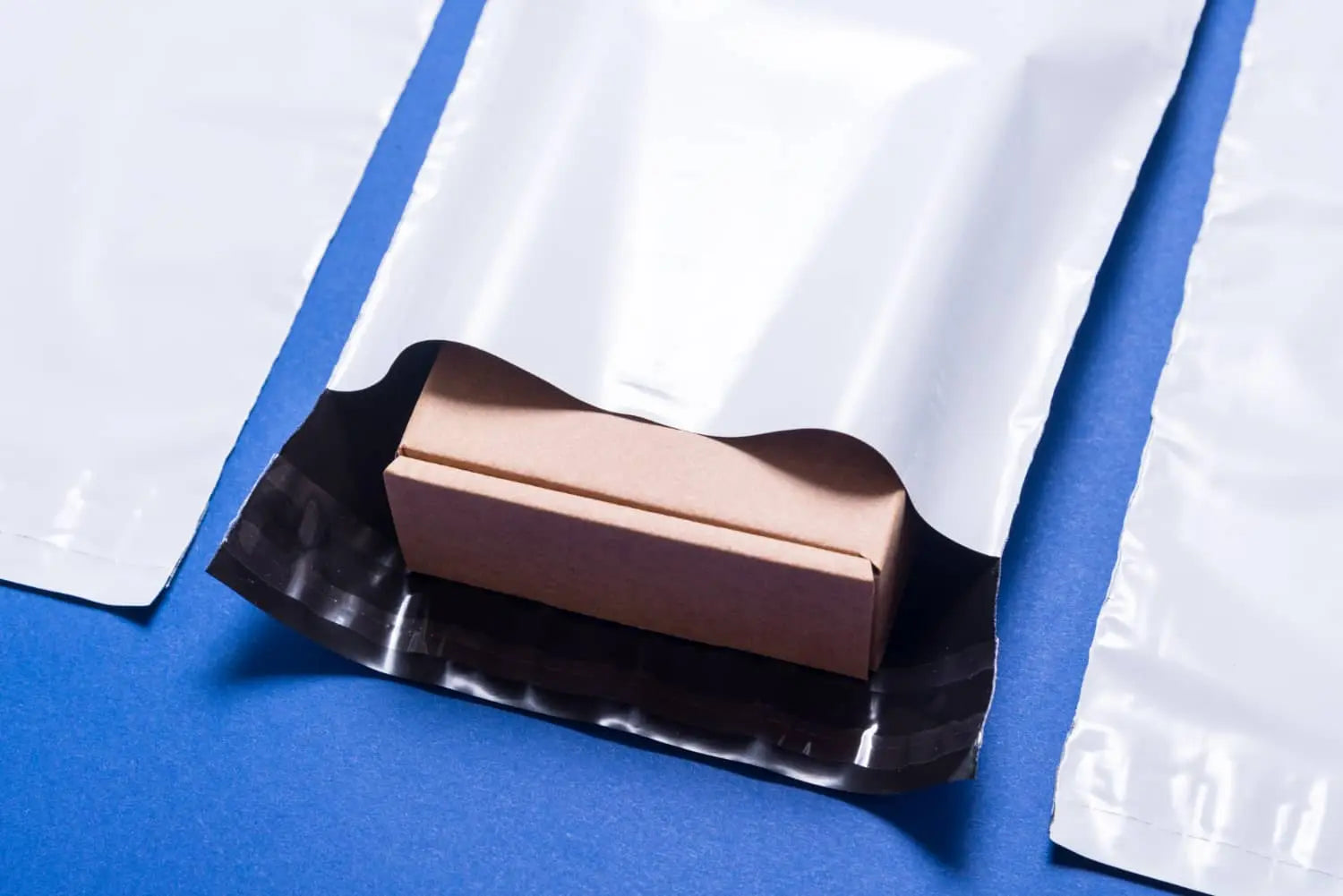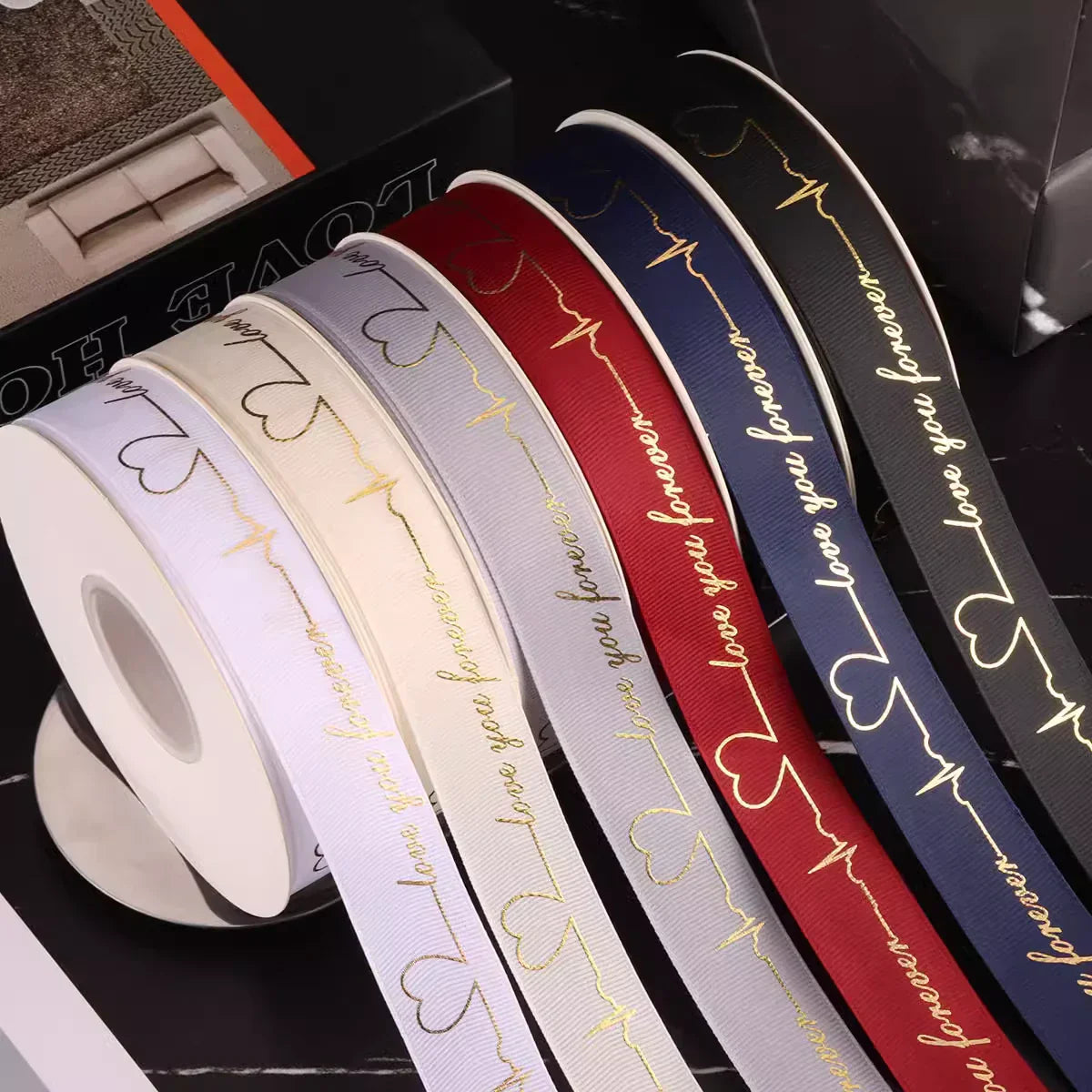Das Verständnis der verschiedenen Verpackungsarten ist entscheidend für Unternehmen, die ihre Produkte schützen, Kunden ansprechen und die Nachhaltigkeit verbessern möchten. Dieser umfassende Leitfaden behandelt Verpackungsfunktionen, Beispiele – darunter Seidenpapier, Versandtaschen, Papiertüten und Reißverschlussbeutel – und aktuelle Branchentrends.
Welche verschiedenen Verpackungsarten gibt es?
Zu den Verpackungsarten gehören Primär-, Sekundär-, Tertiär- , flexible, starre, umweltfreundliche und intelligente Verpackungen. Jeder Typ hat unterschiedliche Funktionen, Beispiele und Trends. Lassen Sie uns sie einzeln untersuchen.
1. Primärverpackung
Funktionen der Primärverpackung
Die Primärverpackung umschließt das Produkt direkt , bietet sofortigen Schutz und bewahrt die Frische des Produkts. Sie ist die erste Schicht, mit der der Verbraucher in Berührung kommt. 
Beispiele für Primärverpackungen
-
Lebensmittel: Plastikflaschen (Milch), Gläser (Marmelade), Aluminiumdosen (Erfrischungsgetränke) und Feinkostpapier .

-
Einzelhandel und Bekleidung: Seidenpapier zum Verpacken von Kleidung und empfindlichen Gegenständen.
-
Körperpflege: Kosmetiktiegel und Lotionsflaschen.
Trends in der Primärverpackung
Marken bevorzugen heute minimalistisches Design und umweltfreundliche Materialien wie biologisch abbaubare Kunststoffe oder recycelbare Papierverpackungen.
2. Sekundärverpackung
Funktionen der Sekundärverpackung
Sekundärverpackungen fassen einzelne Produkte zu praktischen Einheiten zusammen und verbessern so die Handhabung , den Schutz während des Transports und die Sichtbarkeit im Regal. 
Beispiele für Sekundärverpackungen
-
Lebensmittel: Müslischachteln und Getränkekartons in Mehrfachpackungen.
-
Einzelhandel: Kunden erhalten an der Kasse Papiertüten mit Markenlogo , um die Sichtbarkeit der Marke zu erhöhen.

-
Kosmetik: Geschenkboxen für Parfüms oder Beauty-Kits.
Trends in der Sekundärverpackung
Sekundärverpackungen werden zunehmend mit individuellem Digitaldruck und leichten Materialien bedruckt, um Nachhaltigkeit und Kosten zu senken.
3. Tertiärverpackung
Funktionen der Tertiärverpackung
Tertiärverpackungen dienen logistischen Zwecken – dem sicheren und effizienten Transport großer Warenmengen, für den Verbraucher in der Regel nicht sichtbar.

Beispiele für Tertiärverpackungen
-
Mit Stretchfolie umwickelte Paletten.
-
Holzkisten für Maschinen.
-
Robuste Kartons für den Großhandel.
Trends bei Tertiärverpackungen
Wiederverwendbare Versandkisten und fortschrittliche Tracking-Technologien (wie RFID-Tags) liegen im Trend und verbessern die Effizienz der Lieferkette.
4. Flexible Verpackungen
Funktionen flexibler Verpackungen
Flexible Verpackungen bestehen aus weichen , leicht formbaren Materialien. Sie bieten Komfort, reduzierte Versandkosten, leichten Schutz und Vielseitigkeit für verschiedene Produkte.

Beispiele für flexible Verpackungen
-
Lebensmittel & Snacks: Standbeutel (Nüsse, Trockenfrüchte, Chips).
-
Haushalt und persönlicher Gebrauch: Reißverschlusstaschen zur Aufbewahrung von Snacks, Toilettenartikeln und Reiseartikeln.
-
E-Commerce: Leichte Versandtaschen ( Poly-Versandtaschen , kompostierbare Versandtaschen) für den Versand von Kleidung und Accessoires.
Trends bei flexiblen Verpackungen
Nachhaltige, flexible Verpackungsmaterialien wie kompostierbare Kunststoffe erfreuen sich zunehmender Beliebtheit. Marken legen Wert auf wiederverschließbare Designs, um den Verbraucherkomfort zu erhöhen.
5. Starre Verpackung
Funktionen von starren Verpackungen
Starre Verpackungen bieten strukturellen Schutz, eine luxuriöse Präsentation und verbesserte Produktsicherheit – ideal für Premium- oder wertvolle Produkte.
Beispiele für starre Verpackungen
-
Hochwertige Glasflaschen (Wein, Parfüm).
-
Magnetboxen für Schmuck.
-
Metalldosen für Feinkostartikel.
Trends bei starren Verpackungen
Marken verwenden zunehmend hochwertige Veredelungstechniken (Prägung, Metallfolien) und umweltfreundliche Materialien wie recycelbare Metalle oder Glas.
6. Umweltfreundliche Verpackung
Funktionen umweltfreundlicher Verpackungen
Umweltfreundliche Verpackungen reduzieren die Umweltbelastung durch nachhaltige Materialien, Recyclingfähigkeit, Wiederverwendbarkeit und biologische Abbaubarkeit.

Beispiele für umweltfreundliche Verpackungen
-
Kompostierbare Beutel aus Maisstärke oder Pflanzenfasern.
-
Wiederverwendbare Stoffbeutel oder Glasbehälter.
-
Papiertüten und Kartons aus recycelten Materialien.
Trends bei umweltfreundlichen Verpackungen
Im Trend liegen Verpackungen mit eindeutiger Recyclingkennzeichnung und die Verwendung innovativer Biomaterialien (wie Verpackungen auf Pilzbasis oder Folien auf Pflanzenbasis).
7. Intelligente und aktive Verpackung
Funktionen von Smart Packaging
Intelligente Verpackungen nutzen fortschrittliche Technologien, um die Haltbarkeit von Produkten zu verlängern, die Kundenbindung zu verbessern und logistische Prozesse zu optimieren.

Beispiele für intelligente Verpackungen
-
Frischeindikatoren auf Lebensmitteln.
-
QR-Codes liefern detaillierte Produktinformationen.
-
RFID-fähige Pakete zur Produktverfolgung.
Trends bei intelligenten Verpackungen
IoT-fähige intelligente Verpackungen und interaktive digitale Erlebnisse (wie Augmented-Reality-Etiketten) erfreuen sich zunehmender Beliebtheit.
Wichtige Faktoren bei der Auswahl der Verpackung
Berücksichtigen Sie bei der Auswahl der Verpackung Folgendes:
-
Produktschutzanforderungen.
-
Kundenpräferenzen und Markenattraktivität.
-
Nachhaltigkeit und Umweltauswirkungen.
-
Wirtschaftlichkeit und Logistik.
Häufig gestellte Fragen (FAQs)
Was sind gängige Beispiele für flexible Verpackungen?
Gängige Beispiele sind Beutel mit Reißverschluss, Versandtaschen, Standbeutel für Lebensmittel, Snackverpackungen und wiederverschließbare Plastiktüten.
Welche Verpackung eignet sich am besten für den E-Commerce?
Versandtaschen, Reißverschlusstaschen und schützendes Seidenpapier sind ideal für den E-Commerce, da sie leicht, langlebig und erschwinglich sind.
Welche Verpackungsarten sind umweltfreundlich?
Zu den umweltfreundlichen Verpackungsarten gehören recycelbare Papiertüten, wiederverwendbare Glasbehälter, kompostierbare Versandtaschen und biologisch abbaubare Verpackungen.
Abschluss
Das Verständnis der verschiedenen Verpackungsarten – Primär-, Sekundär-, Tertiär-, flexible, starre, umweltfreundliche und intelligente Verpackungen – hilft Unternehmen, Produktschutz, Kundenerlebnis und Markensichtbarkeit zu verbessern. Ob Sie Seidenpapier für elegante Produktpräsentationen, Versandtaschen für effizienten E-Commerce-Versand oder praktische Reißverschlussbeutel verwenden – die Wahl der richtigen Verpackung hat maßgeblichen Einfluss auf Ihren Geschäftserfolg.
Bleiben Sie über neue Trends und Verbraucherpräferenzen auf dem Laufenden, um wettbewerbsfähig und nachhaltig zu bleiben.


